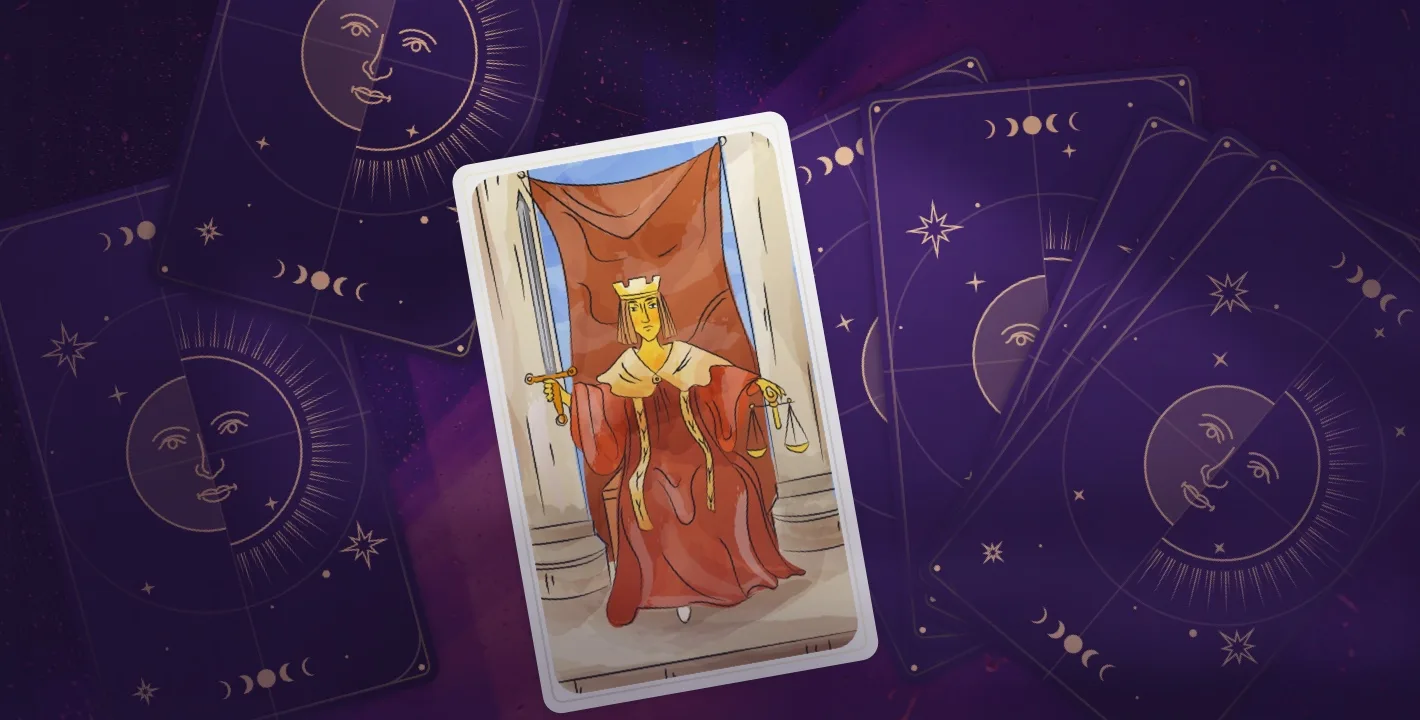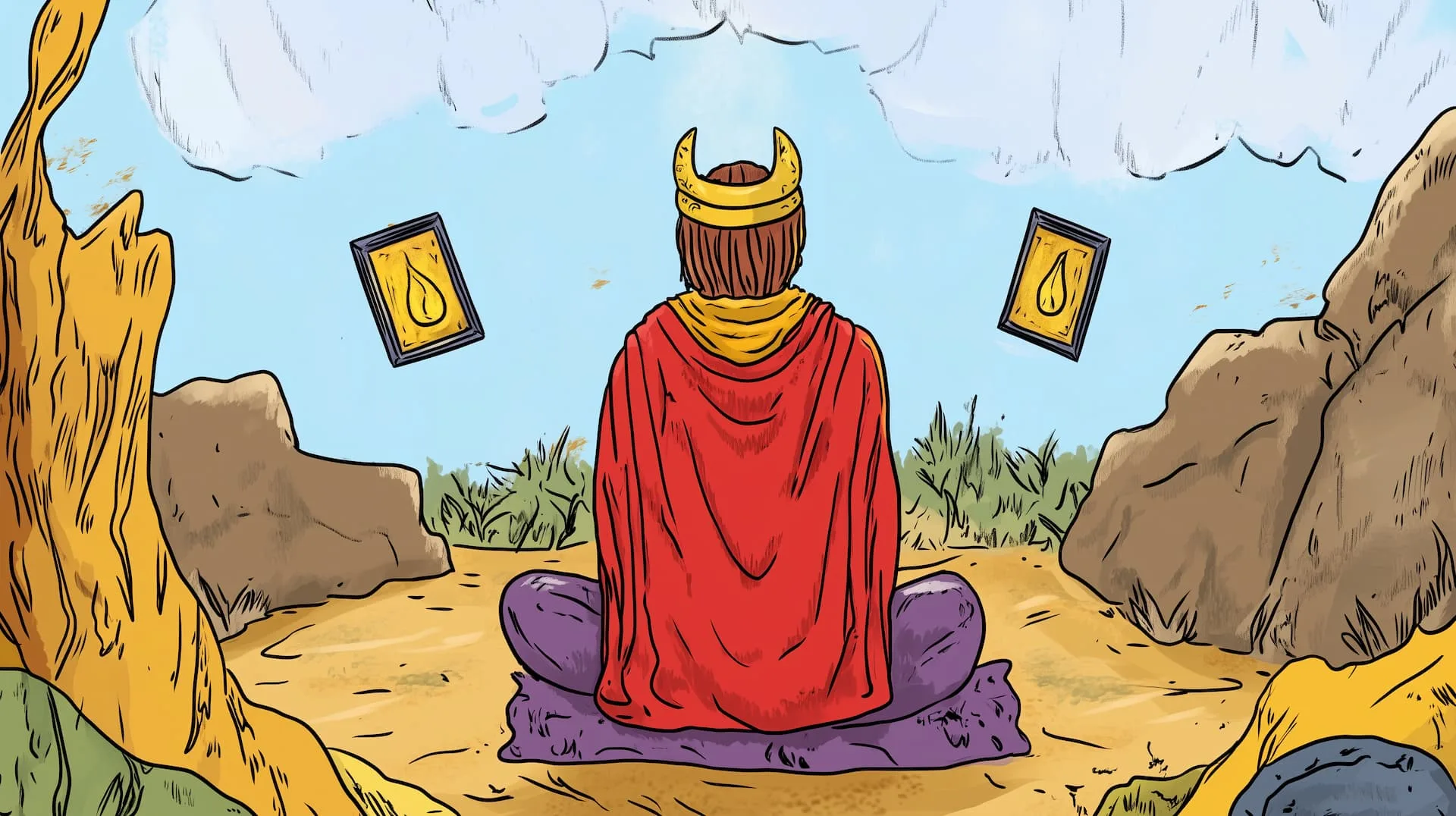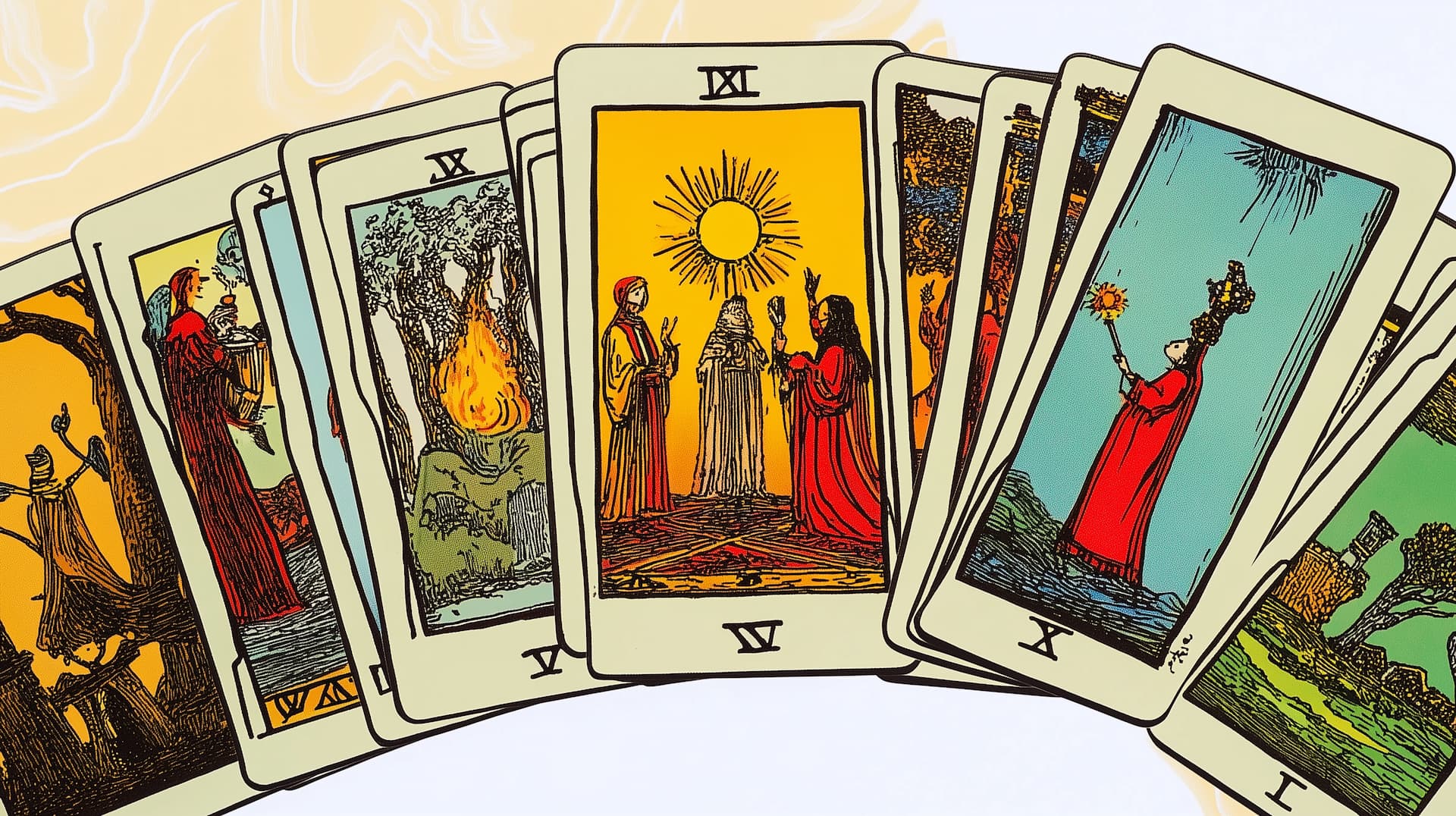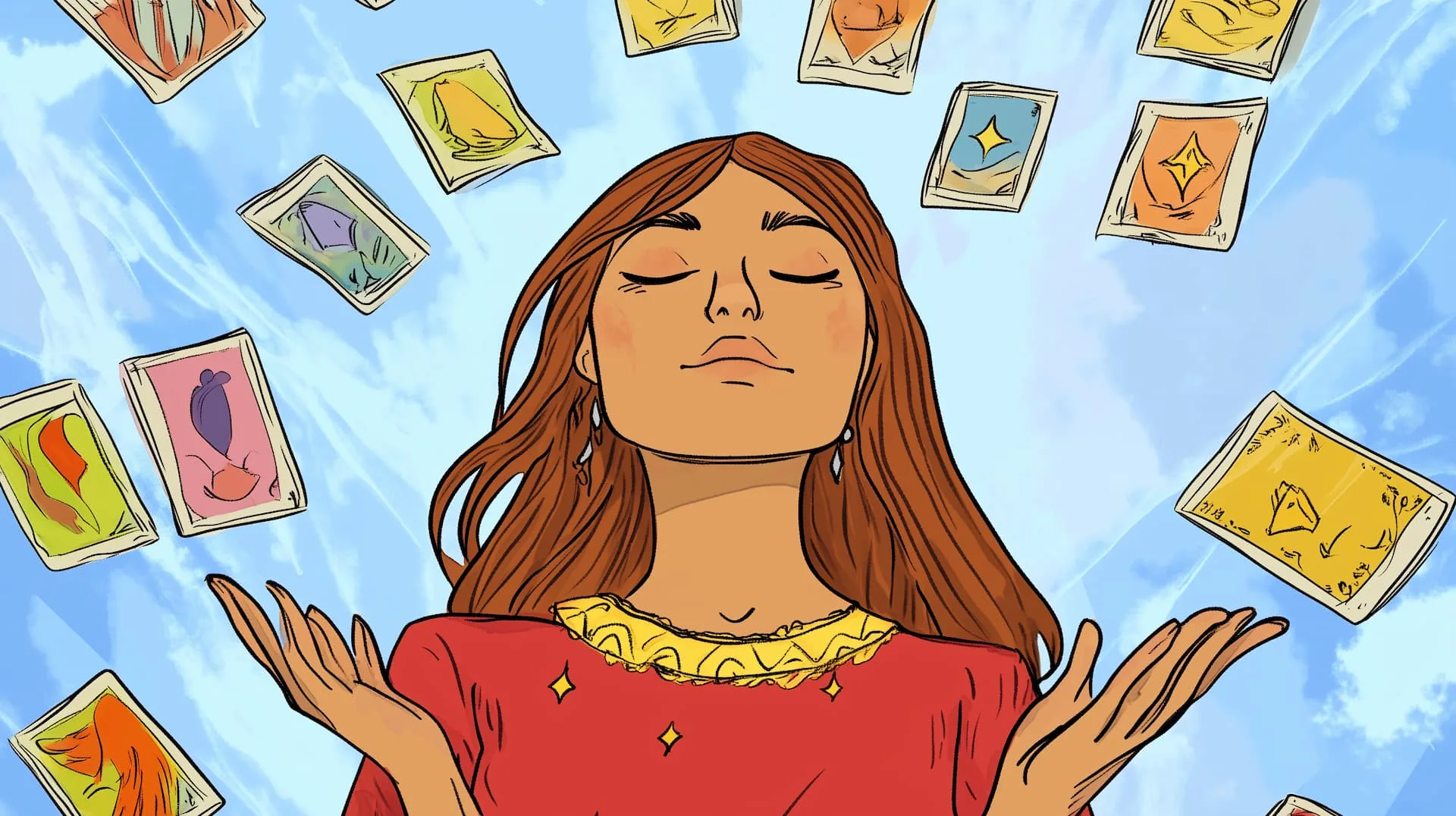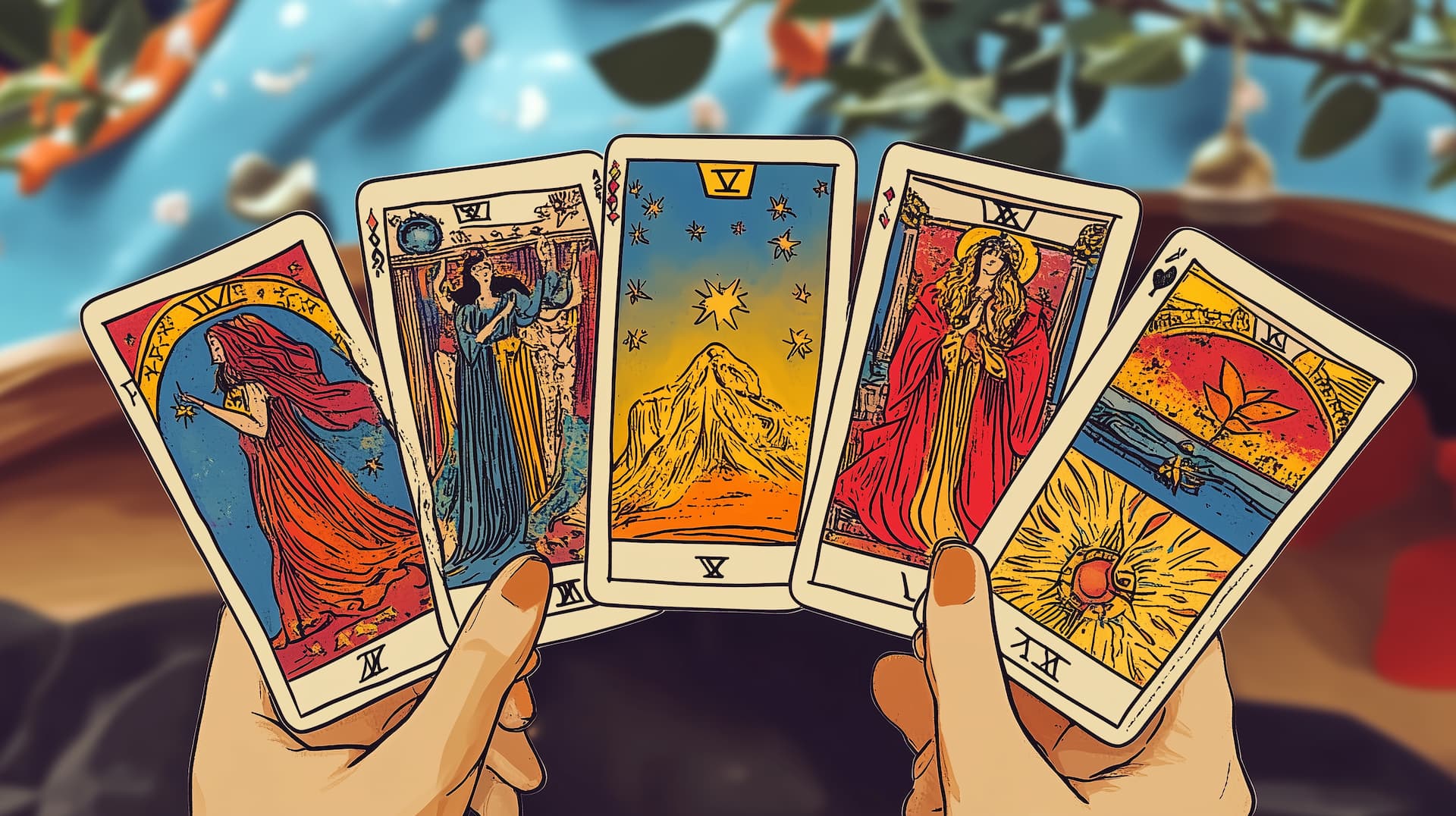
Reading tarot cards can be a difficult task, but it could also be just as easy. It depends on how you do it. Normally, both a beginner and a professional can use the same tarot deck, so from many points of view, it’s mainly a matter of experience.
So, is it hard to read tarot cards? If you’re new, it may seem complicated because you’ll have to check the interpretation for each card you draw. But then, that’s not really an issue. With these ideas in mind, let’s find out how to ease this job and get into tarot reading like a professional.
Many newbies keep a guide nearby or a website that explains all the cards drawn in the spread. Until you learn all the cards, you’ll need it as well. There are also many books written for certain types of tarot decks, depending on what you have.
No matter what tarot deck you get, if it’s based on classic tarot, it should have 78 cards and include both Minor Arcana and Major Arcana cards.
From some points of view, learning how to read tarot cards is like learning a new language. At first, you’ll need some sort of dictionary. With time, using the same words again and again will bring in experience.
The problem with tarot is that each book can have different interpretations, depending on what’s asked or the position of the card. For example, a card could mean something in an upright position, something else in a reversed position, and something completely different in a yes or no reading.
Start Learning Tarot
Practice makes you perfect and provides plenty of experience in the long run. But don’t bother with sophisticated spreads at first, they’re challenging even for seasoned readers because they have multiple layers of interpretation.
The easiest way to do it is to start with one card pull. Do a card a day and let it identify the theme of the day for you. However, you can also do this pull with a question in mind. The card may then provide some insights into the answer.
Shuffle the cards, cut the deck, and pull a card. Let’s perform this example with a Four of Cups. Here’s how to do it.
Understand the Symbolism
Check the card and understand every symbol on this card. In the traditional Four of Cups, you can see someone sitting by a tree. That person doesn’t look very happy, and the arms are crossed. There are three cups in front. The fourth one is given by a hand coming from the clouds.
The person in the card doesn’t look interested in the fourth cup. Maybe they didn’t see it yet, as they’re lost in their thoughts, or perhaps they just don’t care.
Define the Symbols
Once you assess all the symbols, try to find some sense in what they’re trying to tell you.
This card could indicate the fact that you’re disconnected from the fourth cup, which is an aspect or a situation in your life. Maybe you’re just bored with this aspect of life. Sure, everything else feels alright, but this particular thing doesn’t satisfy you.
On the other hand, this card may also indicate a warning. You’re probably closed inside yourself, so it could be a good time to open up to something new.
Use the Symbols
The last thing to do is adjust the symbolism to your particular situation.
The Four of Cups in this example may try to tell you that your priorities aren’t right, so you should step back, take a break, and reevaluate everything. Maybe you’ll need to find a new opportunity in order to grow. It’s already there, you’re just overlooking it.
If you think you’re closed inside yourself, opening up to a new experience could push you further in life. On the same note, this could also mean that you should just try to see things in a different manner.
Now, it’s also important to know that the interpretation will also depend on your situation, experience, circumstances and point of view. The same card could have different meanings for different people, hence the necessity to adapt it to your case.
Choosing the Right Tarot Deck
There are quite a few types of decks on the market, each of them with its own symbolism and artwork. Here are some of the most popular options:
- Rider-Waite Smith is simple and easy to interpret, an excellent choice for beginners who are just starting their journey.
- Crowley-Harris Thoth is unique and has more complex symbolism. This appeals to those who are interested in exploring deeper meanings.
- Golden Dawn Tarot is rich in symbolism. This makes a great choice who love a tarot deck with traditional esoteric systems.
- The Wild Unknown has an abstract appearance to help connect with the images. This is suitable for those who prefer a more introspective reading experience.
- The Shadowscapes will bring in vibrant designs, suitable for young readers.
- Gendron is modern and has rich symbolic imagery, suitable for readers who seek a fresh take on traditional tarot themes.
- Black and White is simple and easy, ideal for beginners.
From all these, the Rider-Waite Smith deck is by far the most popular one.
Different Tarot Spreads to Try
The one card pull is by far the easiest way to get used to tarot cards, and indeed, it may take ages to go through everything. Once you do it for a while and figure out how to see things and adapt them to your situation, you’ll be able to go through more advanced spreads, yet you should still keep a guide nearby.
A simple three card spread is classic as well because it showcases three elements. It could be about your past, present, and future. Such spreads offer plenty of information, but they won’t overwhelm you with confusing details. Of course, they could be about relationships, love, career, health, you name it.
Four and five card spreads go in a similar direction, yet they have more layers of interpretation, offering more details. Questions to ask depend on what the reading is about and vary widely. As you gain experience, you can even create your own spreads.
Another spread that’s quite popular is the Celtic cross, but that would require more experience because it relies on 10 different cards. Sure, you can try it as a beginner, too, but it’s likely to be confusing, so you’ll need more experience with it.
Overall, while tarot reading might seem a tough task at first, anyone can master it with a little patience and dedication. So, is it hard to read tarot cards? Not really, as it depends on your intuition and practice.
Types of Readings
When learning how to learn to read tarot cards, you need to understand that there are more types of readings out there.
- General readings provide a sense of life and can offer some general guidance to grow in life.
- Question readings offer guidance based on what’s asked, be it about love, health, career, or something else.
- Theme readings explore a specific aspect of life.
- Past and future readings explore your past and how it affects your future, but also what you can do to change something.
- Yes and no questions are classic and straightforward. A single card is usually enough.
- One card readings are good for a bit of daily guidance, such as the theme of the day.
How to Prepare for a Tarot Reading
If you’re new, you may want to try reading for yourself. A single card a day will do in the beginning as you familiarize yourself with the cards and their meanings. Just because you do it for yourself, it doesn’t mean you shouldn’t prepare accordingly.
- Set some intentions upfront and try to be as specific as possible.
- Be open to receiving guidance and keep a positive attitude for your reading.
- Make sure no one will disturb you throughout the reading, so do it in a quiet and peaceful environment.
- Reflect upfront, whether you meditate or take a walk.
- Spiritual items could help setting the atmosphere, such as crystals or perhaps candles.
- Make sure your deck is cleansed prior to your reading. Do it on a regular basis.
Write Everything Down
No matter what you find, write it down. Write the spread, the cards, and their meanings. Certain things may not make sense right now, so you may have to meditate on them later or find different interpretations.
Once these practices become a habit, you’ll realize your interpretations change later on. It’s just how your intuition works. And just like for everything else in life, the more you do it, the better you’ll become.
In short, Tarot reading isn’t all about memorizing card meanings; it’s about connecting with your instincts. Allow yourself the time to interpret cards in a way that feels right for you. With dedication and an open mind, anyone can start learning and exploring tarot reading.

